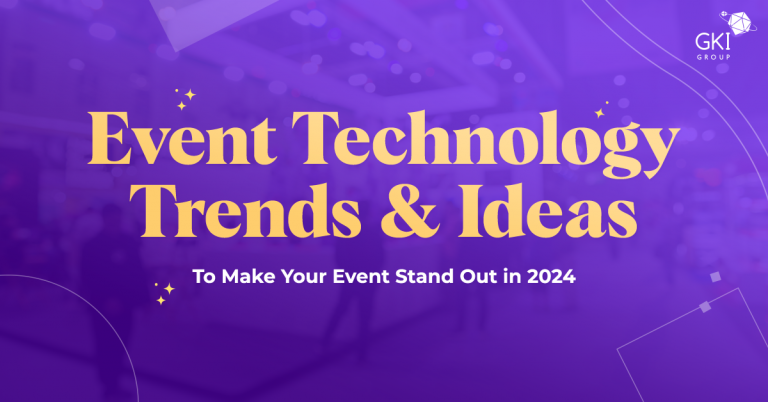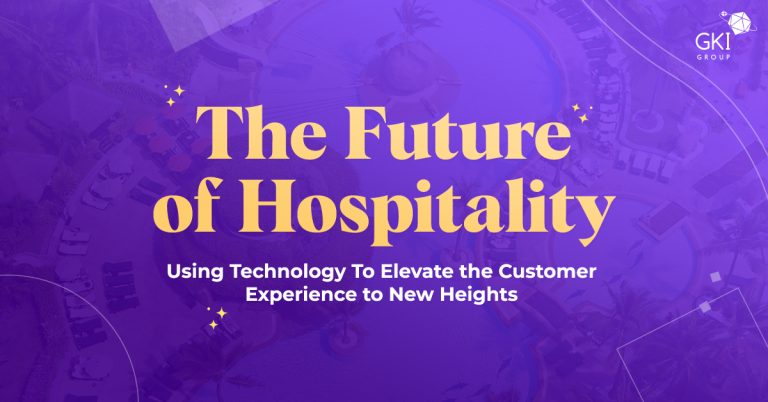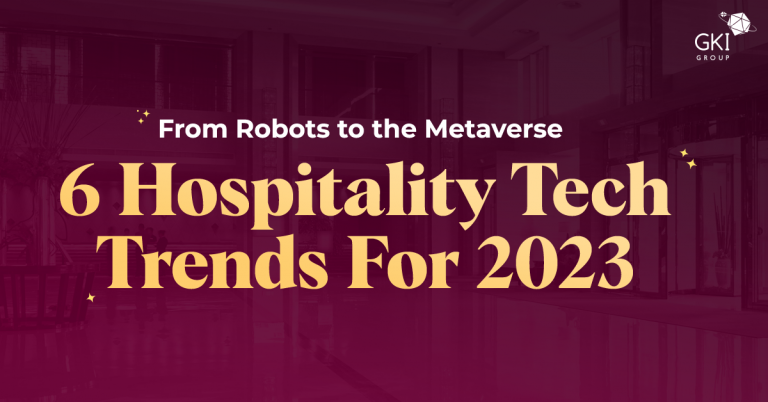The impact of COVID-19 has changed the way we look at things. Today, many of us are reasserting control over our lives in ways big and small. We are now even more concerned with our health, the ability to access food and other necessities, our job security, and our finances. We consider these impacts on ourselves, our family, our friends, and our colleagues. Beyond our community, however, we must also consider its wider economic and global impact, as well as the long and short- term future of a post-coronavirus world.
Shaped by this pandemic, we expect many changes that all boil down to three key components: remote living, adoption of the latest technology, and increased health and safety procedures.
Technology Boost
We were already on track for an incredible decade of innovation and business transformation, but it seems the pandemic has simply taken a pressure cooker effect of accelerating its pace. Systems and technologies will combine to create new products and services, to revolutionize business operations and elevate human work, and to serve customers in new ways. We will see an even greater surge in artificial intelligence, blockchain, sensors, autonomous machines, augmented reality, satellite constellation networks and 5G (and no, that’s not the cause for COVID-19). For the immediate future, national or global apps like China’s Alipay or WeChat are being discussed to create a better and early warning system, while GPS data- getting built by Apple and Google into iOS and Android devices- could be used to track where exposed people have been. As a preventative measure to ensure further safety and limit the amount of physical contact, fewer touch screens and more voice and machine vision interfaces will be applied. Taking it a step further, Immutouch and FaceFence have invented a proximity alarm bracelet, which is meant to prevent one from touching one’s face. More technological innovations are being used across most industries, many of which will have to rethink what technologies they really need, which ones help save money, and which ones help transform their businesses that have been altered by the predicament. As a frontline tool, in the hopes to help reopen the economy while keeping individuals safe from the threat of coronavirus, companies like Flexible Systems, Thermal Guardian, Scylla, and CrowdRx have manufactured thermal imaging cameras. The cameras are used to scan temperature from a safe distance, and if a fever is detected (a common covid-19 symptom), the business could require further screening or deny entry altogether.

Health & Safety
There will be a lot of promotion and reassurance of customers regarding cleanliness; businesses and facilities with often a high concentration of people and customers (e.g. hospitals, airports, schools, hotels, theaters, etc.) will be expected to update and promote new policies on cleaning and disinfecting spaces rapidly and more frequently than ever before. Consumers will ask more questions about where products come from, how safe food is to eat, and what it took to produce and ship goods to their homes. Locations may also have an additional security stations placed for mandatory temperature checks upon arrival. We may also expect anti-viral coatings for surfaces, currently developed by the scientists of Ben-Gurion University of the Negev, as it is known that the virus can live on surfaces for several days. These innovative surface coatings contain nanoparticles of safe metal ions and polymers with anti-viral and anti-microbial activity. In addition to cleaner surfaces, Hong Kong International Airport is applying a full-body sanitizing machine known as CLeanTech, which checks the person’s temperature before applying sanitizing spray for instant disinfection in a process lasting about 40 seconds, and is kept under negative pressure to prevent cross-contamination between the inside and outside environments. Israel’s Bloomfield soccer Stadium in Tel-Aviv has a similar sanitation tunnel known as RD Pack. Another big change for health and safety is likely expected in architecture and design, as spatial isolation and decreased human interaction will be promoted in many businesses and closed public spaces. For example, boarding gates may be replaced with waiting areas that are remote from the gate lounge with a spaced-out pod environment. Natural ventilation, sunlight, and green areas will no longer be aesthetic add-ons, but rather priority amenities necessary for airports, malls, and more. This may lead to a decrease in capacity.
More Remote Interactions
It seems that people will not be quick to return to certain activities, as digitization efforts via companies such as Microsoft Teams and Slack will rapidly accelerate the increased use of telehealth and virtual consultations, online education, business negotiations, and home grocery shopping. The continuation of digital or hybrid practices for meetings, workouts, and virtual events (e.g. Zoom) may even be at a lower cost. As a result, consumers will upgrade internet speeds and even consider backup plans (e.g. Wi-Fi hotspot from a cellular carrier). A faster plan and new wireless equipment may be expected from internet providers such as Comcast, Verizon, AT&T, and Charter. We are also going to see a partial shift to remote work, or positions that allow remote work for one or two days a week, across many industries. In fact, more tech giants have seen the benefits of working from home and are considering extending it, or even making it permanent. Some potential solutions for remote work are the headsets from Vuzix, Epson, and other vendors; now equipped with Wi-Fi or cellular connections plus headphones, a boss or manager can talk to an employee on a job site while seeing what the worker is seeing. As people will challenge their basic assumptions about careers, the workplace, their use of technology, and many related issues, the ability to work from home will likely become a recruitment-criteria for new hires. More and more businesses will likely have an online service option, and there will be enhancements to the logistics and delivery systems to accommodates surges in demand, such as drones from China’s DJI, Israel’s Flytrex, and American makers Impossible Aerospace and Skydio.

This period of crisis has had some negative effects on many of our lives. However, it is important for us to recognize that through creative thinking and adaptation, our world is simultaneously experiencing growth and positive change in many aspects. With these changes, we are hopeful for a brighter, safer, and healthier world.






